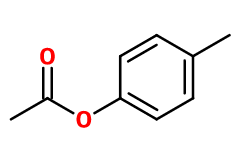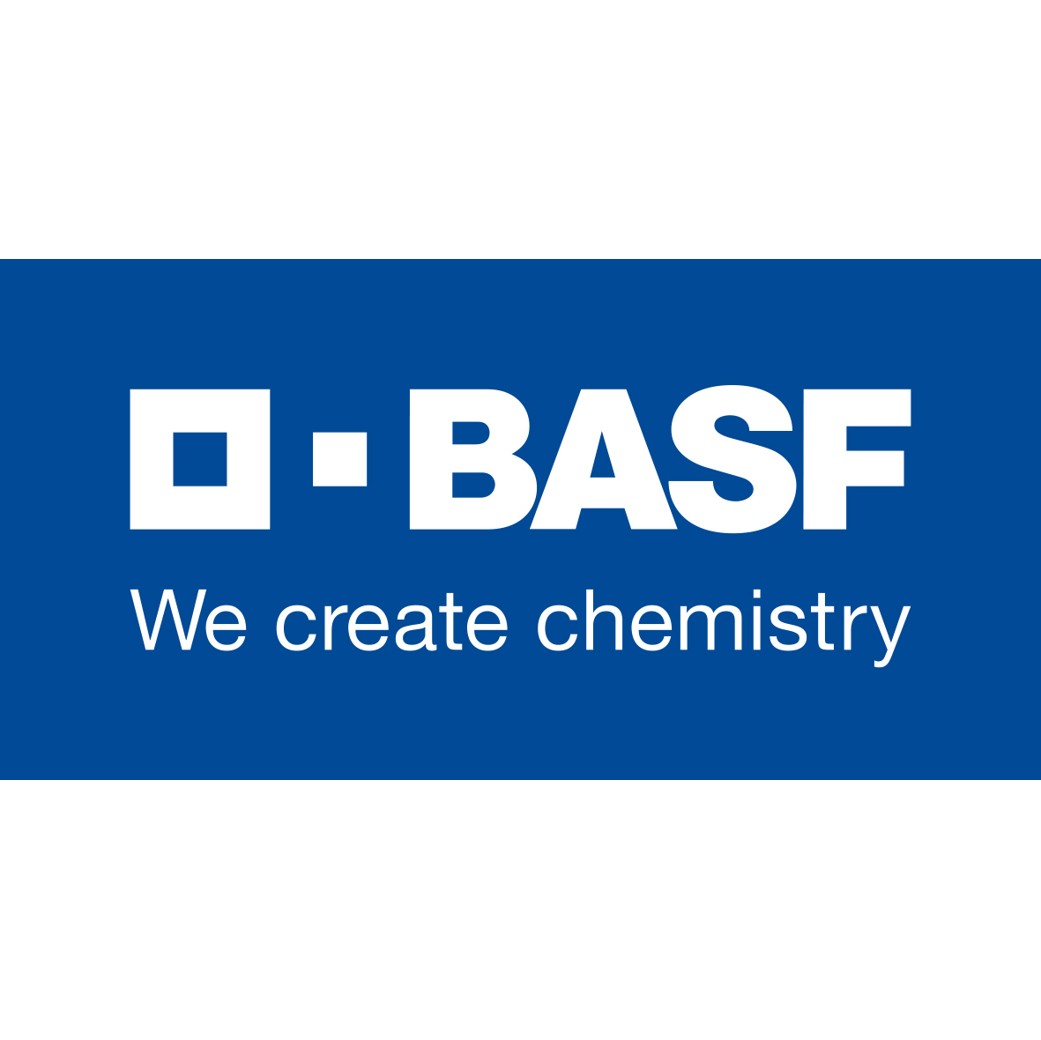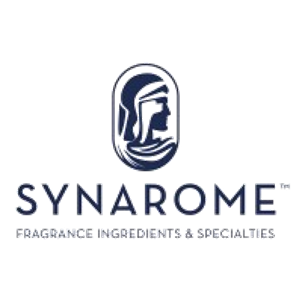
Photo credits: ScenTree SAS
| Company | Ingredient Name | ID | Comments | Naturality | Certifications | MOQ | Purity |
|---|---|---|---|---|---|---|---|
|
|
PARACRESYL ACETATE | - |
Visit website
|
- | 10 grs | - |
General Presentation
-
CAS N° :
140-39-6 -
EINECS number :
205-413-1 -
FEMA number :
3073 -
FLAVIS number :
09.036
-
JECFA number :
699 -
Volatility :
Head -
Price Range :
€€
Physico-chemical properties
-
Appearance :
Colorless liquid -
Density :
1,055 -
Refractive Index @20°C :
1.499 - 1.504 -
Optical rotation :
Data not available. -
Vapor pressure :
1.095 mmHg @20°C 0.11482 mmHg @23°C -
Flash Point :
95°C (203°F)
-
Molecular formula :
C9H10O2 -
Molecular Weight :
150,18 g/mol -
Log P :
2,2 -
Fusion Point :
Donnée indisponible. -
Boiling Point :
208°C (406,4°F) -
Detection Threshold :
25 ppb (0,0000025 %)
Chemistry & Uses
Uses in perfumery :
Para-Cresyl acetate can be used in the composition of a white or light floral accord for its animalic and floral note. Can also be used for animalic and leather notes.
Year of discovery :
Data not available.
Natural availability :
Cresolic compounds such as para-Cresyl acetate or para-Cresyl Phenyl acetate are the compounds that gives Ylang-Ylang Extra EO (and other ylang fractions) its animalic note, as they are present in trace amounts.
Isomerism :
Para-Cresyl acetate is the ester of Para-Cresol. Ortho-Cresyl acetate has a fruity smell, close to dried fruits, rather medicinal. On the other hand, meta-Cresyl acetate is similar to para-Cresyl acetate. Benzyl acetate is a constitutional isomer of para-Cresyl acetate, although these two isomers have a very different smell: Benzyl acetate has a very jasmine, fruity and heady smell, and is not animalic.
Synthesis precursor :
Para-Cresyl acetate is not a precursor to the synthesis of another compound of olfactory interest.
Synthesis route :
Para-Cresyl acetate results from the esterification of para-Cresol with acetic acid or acetic anhydride, catalysed by the presence of a strong acid such as concentrated sulfuric acid.
Stability :
acetates may form acetic acid through time. Para-Cresyl acetate is particularly unstable.
Other comments :
In comparision to para-Cresol, para-Cresyl acetate brings a more butyric and floral smell, when para-Cresol is more purely phenolic and has a slight almond touch.
Can contain traces of para-Cresol.
IFRA
IFRA 51th :
This ingredient is not restricted for the 51th amendment
















